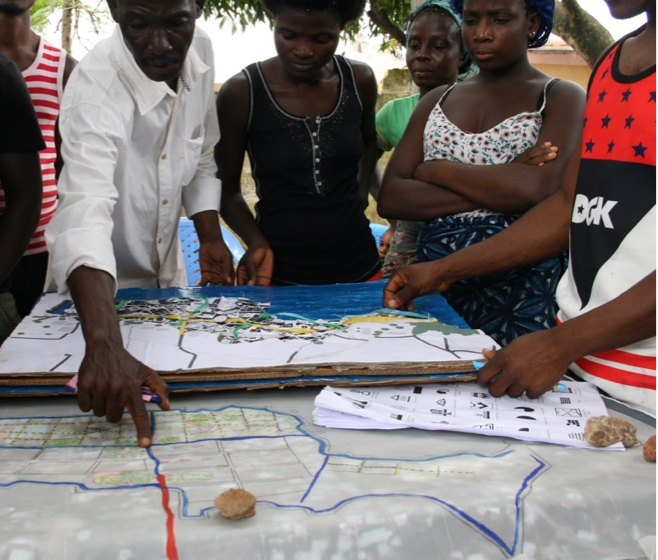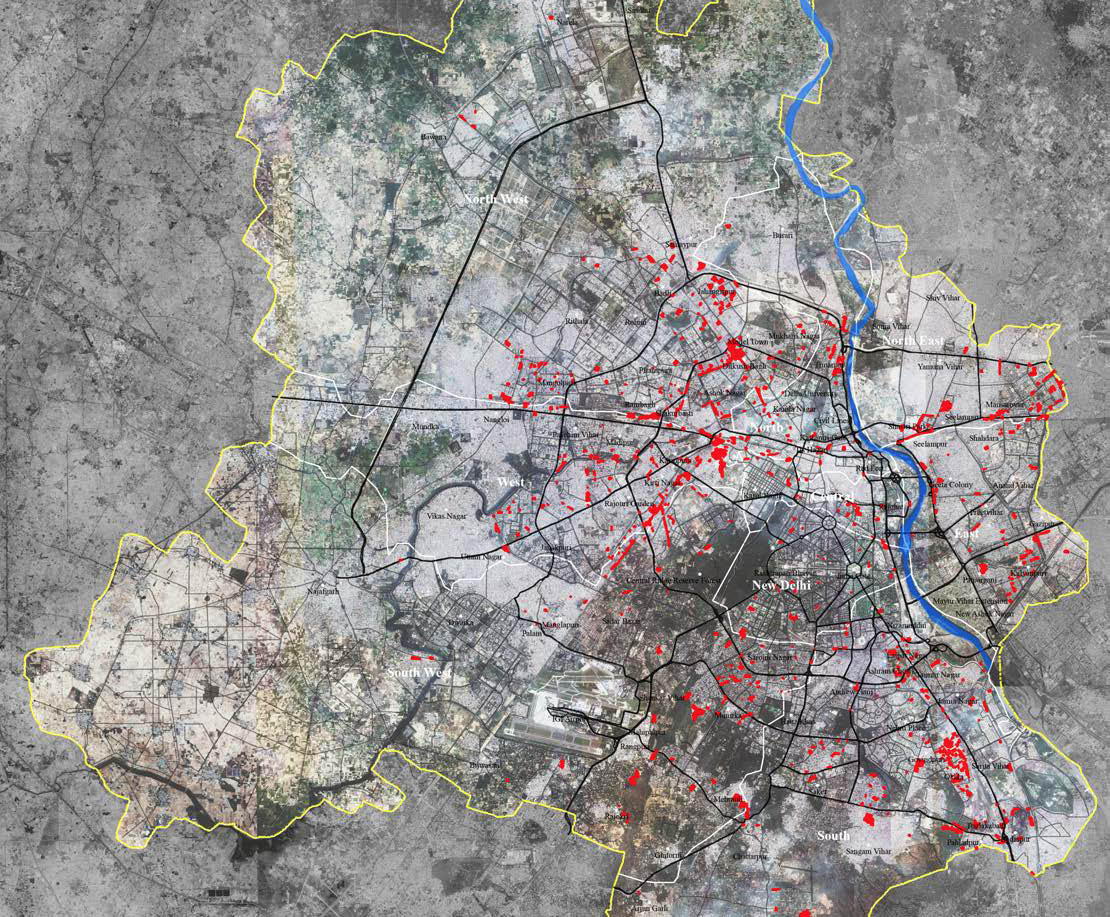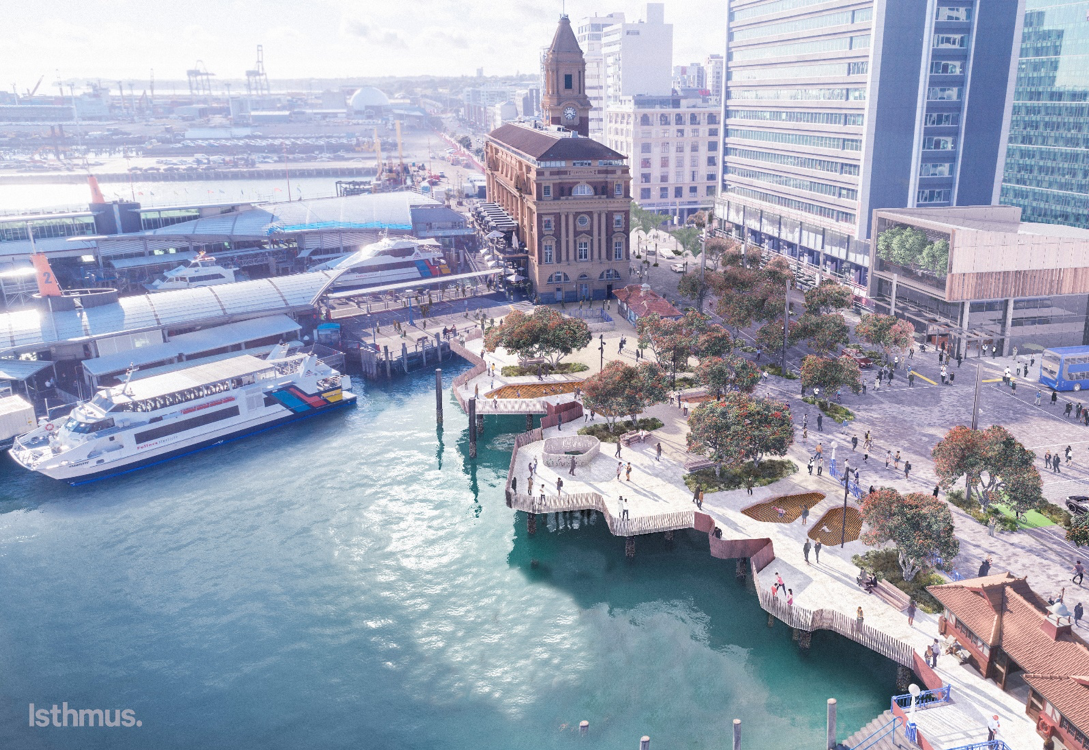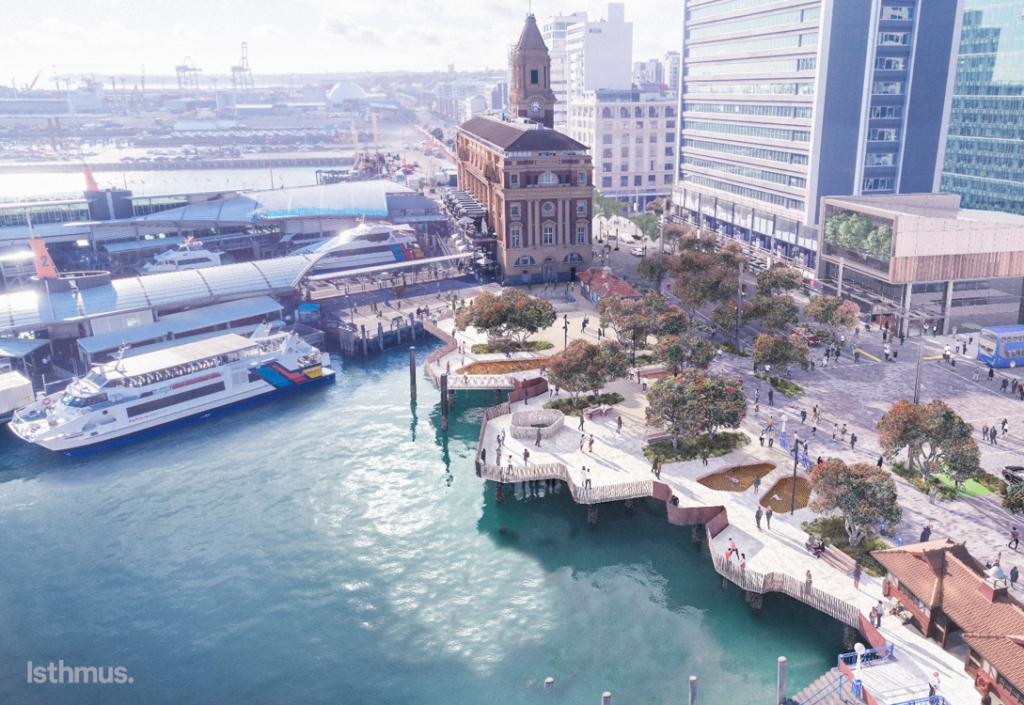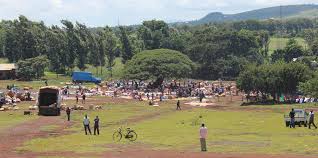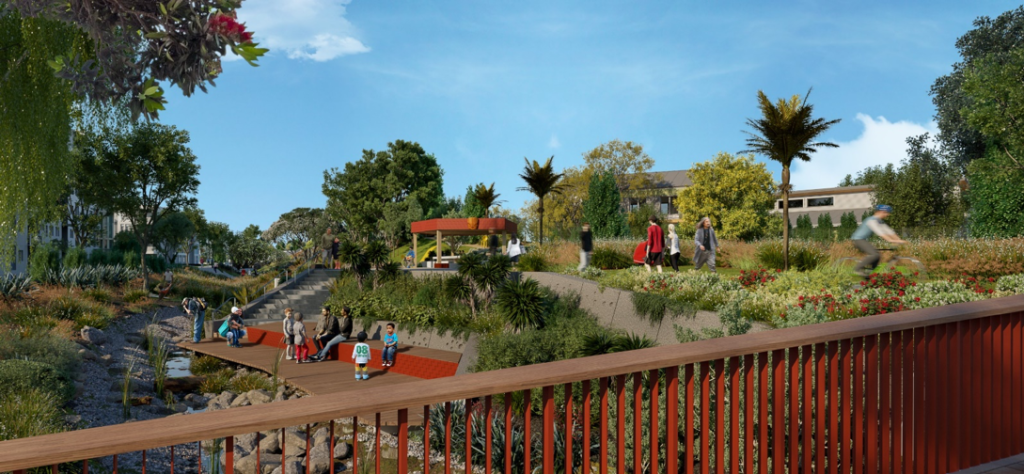
Te Ara Awataha – The Awataha Greenway in Auckland, New Zealand
CROSS-CUTTING SECTORS
Urban planning, Housing, Climate, Resilience, Health, Transport, Water
ORGANISATION(S)
Auckland Council, Panuku Development Auckland, Kāinga Ora, Kaipātiki Project, Ngā Mana Whenua ō Tāmaki Makaurau (indigenous leaders)
PROJECT OVERVIEW
Te Ara Awataha is a 1.5km green infrastructure project linking Northcote town centre to existing parks, schools and homes in Northcote, Auckland. It’s part of the wider urban regeneration of Northcote and seeks to resolve long-standing stormwater issues while creating a valued and resilient environmental asset. The project includes partial daylighting of the Awataha Stream, a shared walking and cycling path, native planting, play destinations and the integration of cultural design elements.
Te Ara Awataha is being delivered in partnership with the city council and its urban regeneration agency, the government housing authority and indigenous leaders from the area (Mana Whenua). The local community has been part of the design and delivery of the project, including a community-led restoration project at the source of the stream.
A key focus of the project is reviving the historic Awataha Stream, confined to an underground pipe since the 1950s and largely built over. This includes physical works to improve water quality and biodiversity, and social interventions that involve and educate the community. This approach instils a sense of kaitiakitanga (guardianship) for Te Ara Awataha.
Physical delivery began in 2020 and the project will be delivered in stages over the next 6 years.
Click here and here to find out more.
RELEVANCE TO THE CALL TO ACTION ON SUSTAINABLE URBANISATION ACROSS THE COMMONWEALTH
These examples have been chosen because of their relevance to the Call to Action, as shown by the direct quotes provided below. To view the Call to Action click here.
- “All the Commonwealth member states’ urgent priorities have an urban dimension, and a greater focus on sustainable urbanisation will ensure that people, and improving the quality of life for all remain central to the work of the Commonwealth.”
- “Cities are a major source of greenhouse gas emissions and where the impacts of climate change are experienced acutely.”
- “Seeking urgent action to reduce carbon emissions, halt biodiversity loss, strengthen climate resilience and adaptation, while addressing the finance gap and calling for a greater local response to climate change issues.”
THIS EXAMPLE HAS BEEN PROVIDED BY
Panku Development Auckland: https://www.panuku.co.nz/

